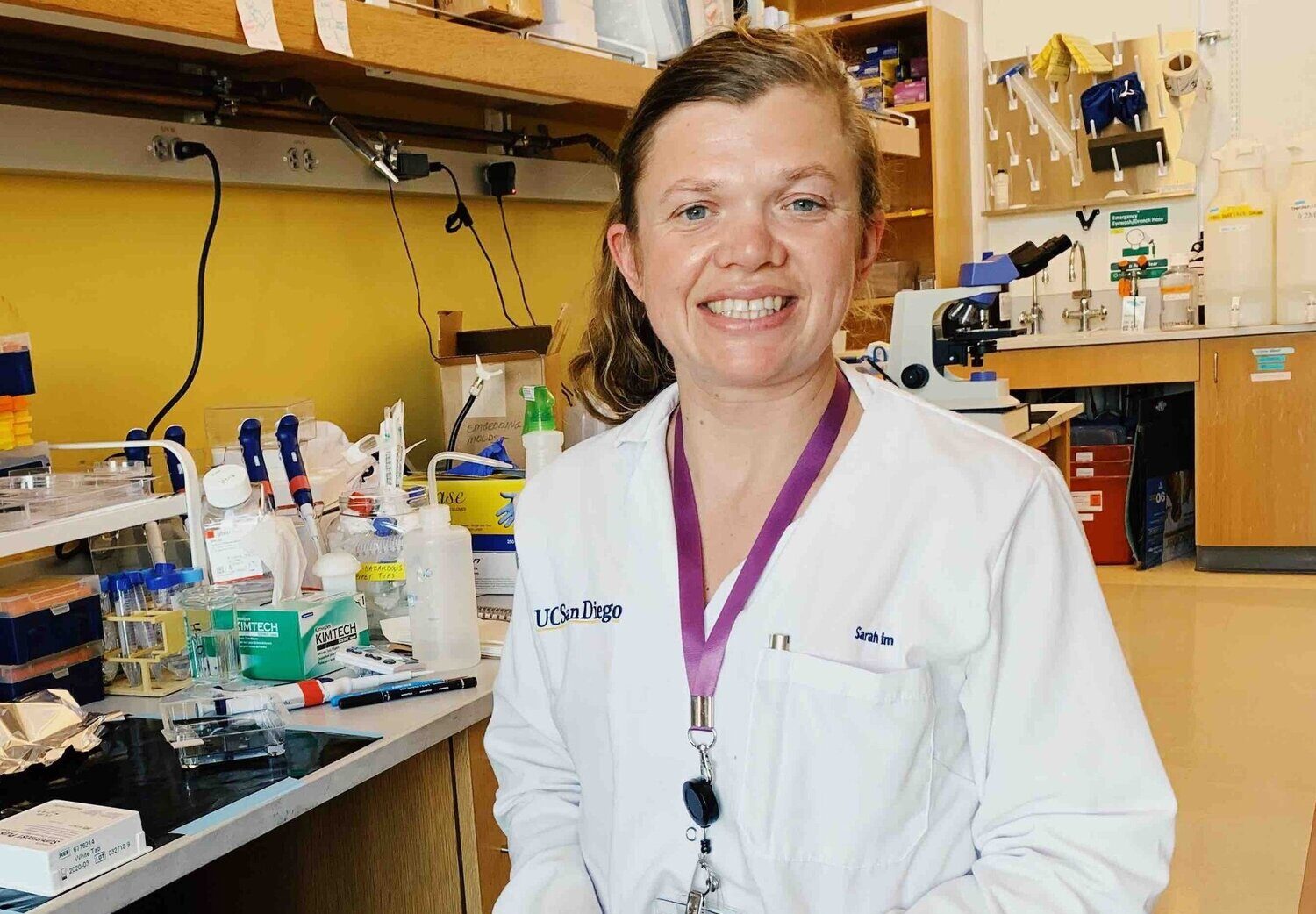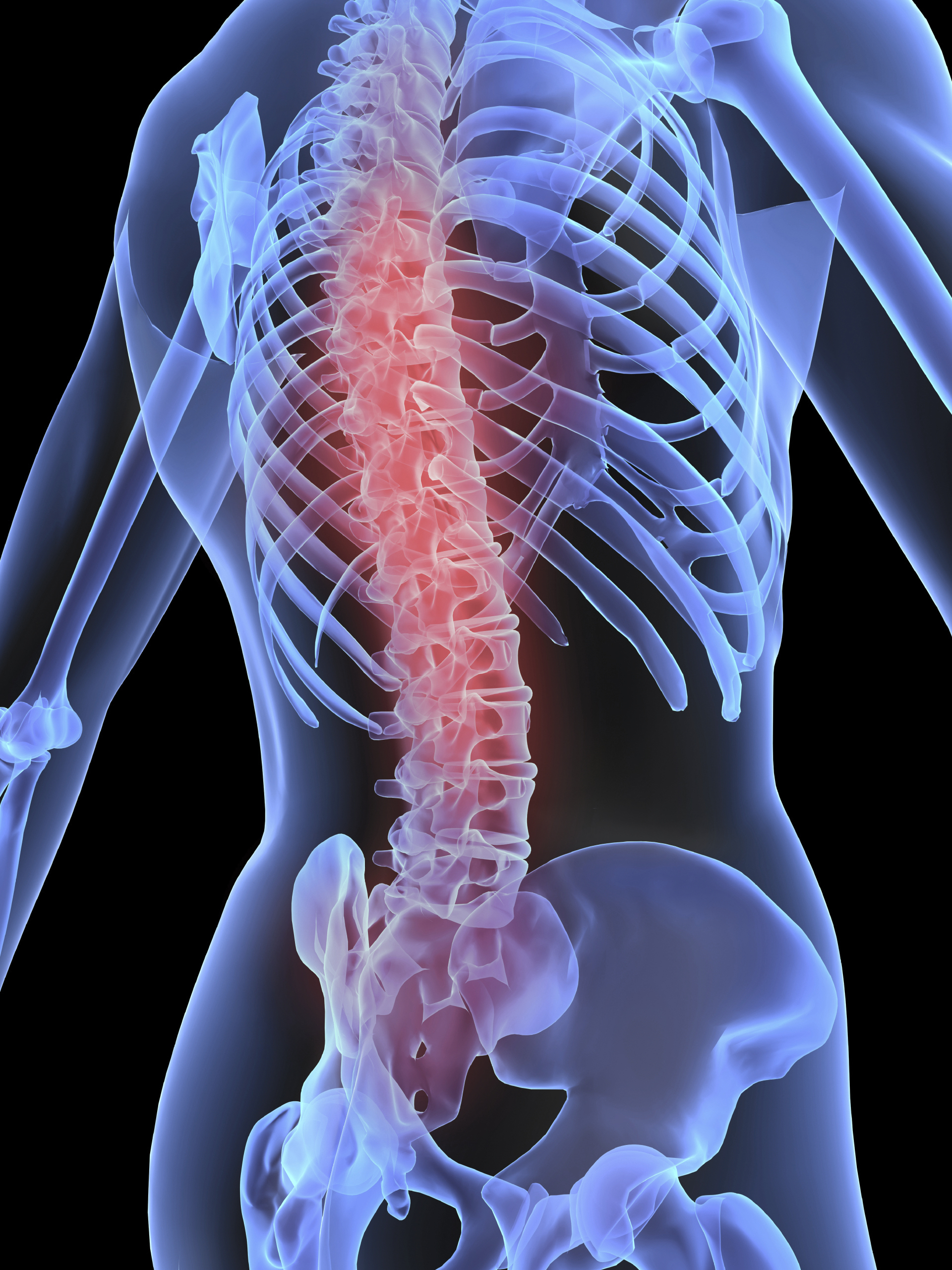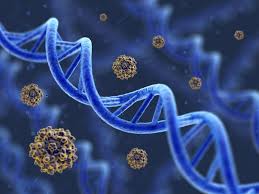Viewing archives for Neuromodulation
ImPRESS: Improving Pelvic Rehabilitation using Epidural Stimulation after SCI

What you need to know
Institution:
Royal National Orthopaedic Hospital
Lead researcher:
Dr. David Baxter
Functional target:
Bowel, bladder, sexual function
Treatment type:
Neuromodulation, Rehabilitation
- While the bladder and bowel are relatively simple organs, their control system is highly complex and becomes severely compromised following a Spinal Cord Injury (SCI).
- Existing bowel management techniques are far from ideal as around half of people living with SCI continue to experience incontinence, constipation and infections.
- Improving bowel management is a major priority among people living with a SCI.
In a nutshell
Recently, studies exploring epidural stimulation (stimulation of the spinal cord) for restoration of motor function after SCI have identified important improvements in pelvic (bladder and bowel) functions. In this trial we will explore epidural stimulation specifically targeting bowel function in people with SCI.
This study will recruit volunteers with SCI to undergo a short trial with epidural stimulation.This will involve the surgical implantation of electrodes close to the spinal cord, in the epidural space, whilst the device and wires are placed external to the body. Stimulation will initially be trialled in hospital to measure the effects on bladder and bowel function; then volunteers will trial stimulation at home alongside their usual bladder and bowel management.
People who respond well to the trial will then be offered a fully implantable epidural stimulator. We will ask them to use their stimulator at home for 8 weeks whilst performing a programme of pelvic floor muscle training. Before and after the programme, we will measure their bowel function. At the end of the trial, volunteers can have their implanted devices removed or keep them.
How this supports our goal to cure paralysis.
Restoration of bowel, bladder and sexual function are rated among the highest priorities for recovery in individuals with SCI. Not only do these conditions individually impact the health-related quality of life, but they also have life-threatening complications. For example, stimuli from bladder (during care, catheterization, or evaluation) are the most frequent triggers of severe episodes of hypertensive crisis known as autonomic dysreflexia. Despite this, the vast majority of research is focused on overt disabilities following SCI (e.g., motor paralysis), whereas more devastating ‘invisible’ disabilities, like pelvic organ dysfunctions, are unfortunately understudied.
This research could help develop a safe and long-term route to improving these critical functions for those living with paralysis. This would be life changing, helping to restore freedom, and dignity to the community.
You may also be interested in
Non-invasive spinal cord stimulation combined with activity-based rehabilitation in chronic spinal cord injury

What you need to know
Lead researcher:
Ms Jane Symonds
Functional target:
Upper limb function
Treatment type:
Neuromodulation, Rehabilitation
- The aim of this research was to document both short term and lasting functional changes that could be safely and comfortably achieved through the combination of spinal stimulation and activity based rehabilitation in patients with a C4-T12 spinal cord injury.
- Participants were assessed using various evaluation criteria including the International Standards for Neurological Classification of Spinal Cord Injury (ISNCSCI), the ISNCSCI is a widely used examination tool which allows clinicians and researchers to understand the level and severity of a spinal cord injury.
- Results showed that five out of six participants demonstrated a change in either level of injury or severity of injury when assessed using the ISNCSCI classification.
In a nutshell
This study aimed to assess the effects of transcutaneous electrical stimulation combined with activity-based rehabilitation (ABR) in individuals with a chronic spinal cord injury. Transcutaneous electrical stimulation of the spinal cord (tSCS) was delivered using the ARCEX System (ONWARD Medical). A total of six individuals participated in three, two hour, ABR sessions a week, during which they received at least 45 minutes of transcutaneous spinal cord stimulation (tSCS). Participants each underwent a total of 120 sessions.
The study measured changes across three key domains, (sensory, motor, and autonomic function) using a set of internationally recognized evaluation criteria. These assessments were performed at baseline (prior to intervention), and then repeated after 40 and 120 sessions of rehabilitation.
Residual sensory and motor function was assessed and graded using the International Standards for Neurological Classification of Spinal Cord Injury (ISNCSCI). Lower extremity motor function was assessed using the NeuroRecovery Scale (NRS), this involved participants undertaking various task-based exercises which researchers scored numerically. Autonomic function was assessed using a set of standardized questionnaires.
The most significant findings were associated with sensorimotor function gains, which were observed after a minimum of 60 sessions of tSCS-ABR. More specifically, results showed that five out of six participants demonstrated a change in either level of injury or severity of injury when assessed using the ISNCSCI classification; and all six participants demonstrated an improvement by at least one phase according to the neuromuscular recovery scale. Researchers hope to replicate these findings in individuals with cervical spinal cord injuries.
How this supports our goal to cure paralysis.
This study’s findings demonstrate that transcutaneous stimulation may be a promising approach to treating spinal cord injuries. Early results indicate that tSCS, when combined with activity-based therapy as the ability to produce tangible improvements in sensory and motor function. By demonstrating changes in injury levels and severity classifications in the majority of participants, it is clear that this combined approach has considerable promise in reshaping the landscape of spinal cord injury rehabilitation and functional recovery
You may also be interested in
Transcutaneous electrical stimulation for recovery of arm and hand function in individuals with cervical spinal cord injury

What you need to know
Institution:
Leeds University
Lead researcher:
Dr. Ronaldo Ichiyama
Functional target:
Upper limb function
Treatment type:
Neuromodulation, Rehabilitation
- Transcutaneous electrical stimulation (tCES) is a non-invasive technique that involves applying electrodes on the skin, these are used to pass electrical currents through the skin to stimulate specific nerves and muscles.
- Previous studies have investigated the safety tCES. These studies not only confirmed safety but also demonstrated improvements in hand strength.
- Researchers are now keen to explore the most effective ways to fine-tune tCES settings and maximize improvement in arm and hand functionality in individuals with cervical spinal cord injuries (cSCI).
In a nutshell
Researchers will investigate the optimum stimulation settings for each individual before combining stimulation with task specific practice on hand and arm function.
Researchers will then record baseline measurements over the course of four weeks across a range of criteria including a measurement tool called GRASSP (Graded and Redefined Assessment of Strength, Sensibility and Prehension test). This involves a trained researcher or clinician who will evaluate and score hand function as the participant is asked to perform various exercises.
Once baseline measurements are completed, participants will undergo upper limb therapy which includes a series of exercises tailored to the individuals’ needs and functional status. This will coincide with participants receiving tCES. During this time, participants will be continually reassessed, up to 3 months after receiving the intervention. Researchers will compare outcome measures before and after tCES, with the aim of demonstrating improved arm and hand function post intervention.
How this supports our goal to cure paralysis.
Injury to the cervical levels of the spinal cord is more common than injury to the lower segments of the spinal cord, thus tetraplegia is more common than paraplegia. Research has revealed that tetraplegics rank regaining arm and hand function as their main priority for rehabilitation, five times greater than bowel, bladder, sexual or lower extremity function. However, despite recent advances made in recovery of ambulatory function, research that strives to uncover how best to optimise arm/hand rehabilitation after SCI remains limited. Identifying and optimizing effective therapies to restore functional arm and hand recovery is an important clinical, economical, social and humanistic goal.
You may also be interested in
Determining the effects of transcutaneous spinal electrical stimulation on sensorimotor function in chronic complete tetraplegia

What you need to know
Institution:
Glasgow University
Lead researcher:
Dr. Mariel Purcell
Functional target:
Upper limb function
Treatment type:
Neuromodulation, Rehabilitation
- Following a spinal cord injury, sensation and function is often lost below the level of injury
- Stimulation of the spinal cord through modulated electrical pulses has shown the potential to restore function post injury.
- Stimulation can be delivered safely through the skin. This is known as transcutaneous stimulation.
In a nutshell
This study aims to investigate the use of transcutaneous spinal cord stimulation (tsES) in the recovery of function and sensation. The neuromodulation stimulator used in this study could become a low-risk treatment and can easily be adopted in rehabilitation or community settings.
There is a potential for individuals with SCI to benefit from the recovery of lost sensory and motor function with lasting improvements leading to increased independence and quality of life
Project Summary
In a previous pilot study, four chronic complete tetraplegic participants with a spinal cord injury (SCI) received four-week transcutaneous spinal cord stimulation as well as prescribed activity-based therapy (ABT). This resulted in two of the subjects gaining lasting sensory and motor function below their injury level.
The aim of this study is to investigate this further, with a similar patient cohort but over a longer period. Prior to delivering up to 16 weeks of tsES/ABT, the research team will pre-condition (strengthen) the participants’ paralyzed muscles using 6 weeks of functional electrical stimulation (FES) therapy.
The study aims to observe any immediate and lasting changes in motor (movement) and sensory function.
How this supports our goal to cure paralysis.
Stimulation of the spinal cord aims to maximise the existing connections or ”spared circuitry” which exists in the majority of spinal cord injury cases.
Studies such as this show the potential of stimulation away from a ”clinical” setting and could allow members of the SCI community to use this device within the home environment to improve function after injury.
You may also be interested in
Promoting Restoration of Function of Co-ordinated Bladder Storage and Voiding following SCI

What you need to know
Institution:
London Spinal Cord Injury Centre
Lead researcher:
Dr. Sarah Knight
Functional target:
Bowel, bladder, sexual function
Treatment type:
Neuromodulation, Rehabilitation
- Normal bladder function includes a storage phase and a voiding phase, these processes work in a coordinated manner allowing for controlled maintenance of continence, until a socially convenient time.
- After a spinal cord injury, this control is lost, resulting in a profound impact on an individual’s quality of life as well as their physical health due to recurrent urinary tract infections and potential kidney damage.
- Researchers aim to combine transcutaneous spinal cord stimulation (tSCS) with a bladder training programme with a view to restore bladder function.
In a nutshell
Many pelvic functions including the bladder, bowel and sexual organs are controlled by a complex set of neurophysiological interactions which include lumbo-sacral reflexes of the spine. Following a spinal cord injury the pathways associated with these reflexes are disrupted, resulting in a loss of coordinated bladder, bowel, and sexual function.
In an attempt to restore bladder function, researchers will work with twenty individuals who sustained a complete or incomplete spinal cord injury in the past six months. These individuals will be assessed at baseline using a series of questionnaires which examine their symptoms and various aspects of their quality of life.
These individuals will receive transcutaneous spinal cord stimulation which involves the application of electrodes on the skin, positioned over the thoraco-lumbar spinal cord.
Researchers will then work with a group of participants to deliver specialised bladder reflex training techniques. The study will look to see the difference between these participants and a control group who would continue with their usual bladder management routine.
The expectation is that using a combined approach (stimulation plus specialist training) will result in increased bladder capacity and ultimately support voluntary bladder emptying.
How this supports our goal to cure paralysis.
By offering this potential improvement in bladder function, tSCS not only reduces the physical discomfort and inconvenience caused by bladder issues but also contributes significantly to an individual’s sense of independence and overall quality of life.
Transcutaneous spinal cord stimulation is a non-invasive technique which offers hope for enhancing bladder function in individuals with spinal cord injuries The stimulation delivered through tSCS can support communication between the spinal cord and the bladder, potentially restoring some spinal cord injuries (SCIs). This reduces the risks associated with invasive procedures and minimizes patient burden, empowering individuals to manage their condition outside clinical settings.
You may also be interested in
Non-invasive neuromodulation to treat bladder, bowel and sexual dysfunction following spinal cord injury

What you need to know
Lead researcher:
Prof. Andrei Krassioukov
Functional target:
Bowel, bladder, sexual function
Treatment type:
Neuromodulation, Rehabilitation
- Research shows that autonomic recovery (i.e. bladder, bowel and sexual function) is a priority for people living with spinal cord injury (SCI). However there is still a major lack of research dedicated to improving this for people living with spinal cord injury (SCI).
- This clinical study examines the effects of “transcutaneous” (over the skin) electrical stimulation of the spinal cord (TCSCS) on promoting recovery of bladder, bowel and sexual functions in individuals with SCI.
- This non-invasive therapeutic method involves the application of electrodes over the skin, and is based on ground-breaking work which has shown that spinal cord stimulation can promote functional recovery in individuals with chronic (long-term) SCI.
In a nutshell
- Establish stimulation parameters (i.e., electrode positioning/stimulation intensity) necessary for TCSCS to activate the bladder, bowel and skeletal muscles responsible for successfully passing urine & faeces.
- Monitor the long-term (6 weeks) beneficial effects of TCSCS on bladder, bowel, and sexual functions.
To assess the potential for TCSCS to offer a simple, cost-effective solution to treat autonomic dysfunctions (i.e., urine and faecal incontinence, erectile and vaginal lubrication difficulties etc.) that would significantly improve overall health-related quality of life for individuals with SCI.
How this supports our goal to cure paralysis.
Restoration of bowel, bladder and sexual function are rated among the highest priorities for recovery in individuals with SCI. Not only do these conditions individually impact the health-related quality of life, but they also have life-threatening complications. For example, stimuli from bladder (during care, catheterization, or evaluation) are the most frequent triggers of severe episodes of hypertensive crisis known as autonomic dysreflexia.
Despite this, the vast majority of research is focused on overt disabilities following SCI (e.g., motor paralysis), whereas more devastating ‘invisible’ disabilities, like pelvic organ dysfunctions, are unfortunately understudied.
Transcutaneous spinal cord stimulation could offer a simpler and cost-effective solution that utilizes readily available, inexpensive, conventional electrodes with an established safety profile. Findings from this study may ultimately lead to the development and commercialization of new treatments strategies resulting in a reduced burden of care and improved quality of life for people with chronic SCI.
You may also be interested in
Development of epidural electrical stimulation for bladder control: animal model

What you need to know
Institution:
Leeds University
Lead researcher:
Dr. Ronaldo Ichiyama
Functional target:
Bowel, bladder, sexual function
Treatment type:
Neuromodulation
- Epidural electrical stimulation (EES) describes a technique whereby an electrode is implanted into in the epidural space. This electrode can transmit electrical currents to cause targeted muscle contractions.
- Researchers are using animal models to investigate the effectiveness of EES on the recovery of bladder function in the post-acute and chronic stages of spinal cord injury.
- Preliminary studies have shown that EES paired with bladder rehabilitation is associated with the recovery of certain biological markers associated with bladder function.
In a nutshell
The coordination of bladder muscles is complex. When they get disrupted after spinal cord injury, messages are no longer able to pass between the bladder and brain. Resulting complications include high bladder pressure, incontinence, incomplete emptying and reflux, along with recurrent bladder infections, stones, kidney distension and inflammation and even renal failure. Although current treatments can provide some recovery of function, none are able to fully restore function to its pre-injury condition.
Researchers have conducted a series of studies to better understand the physiological processes underlying bladder function that are affected by post spinal cord injury.
Measuring bladder function in animals is a challenging undertaking. To achieve this, researchers have worked on developing a first-of-its-kind catheter which can be used to measure specific physiological markers, these are (1) bladder pressure and (2) external urethral sphincter contraction.
This has laid the groundwork for further studies which have used mice to investigate the effects of epidural electrical stimulation, combined with a rehabilitation protocol. Early studies have demonstrated an improvement in bladder function in mice 48 hours after injury. Follow-up studies will work on fine tuning bladder training protocols and EES parameters and with a focus on how this procedure can benefit patients with a chronic spinal cord injury.
How this supports our goal to cure paralysis.
Recovery of bladder function has been widely considered one of the top priorities among individuals with SCI. The clinical benefits, and enhancement in quality of life that recovery of such autonomic functions can provide are multifaceted and far reaching. Such recovery could alleviate secondary issues related to bladder management, e.g. urinary infections and autonomic dysreflexia.
With the current advancements in EES implants, researchers are hopeful about swiftly applying this intervention in clinical settings. Collaborative efforts in partnership with major spinal centers are underway with the aim of trialing EES for individuals with SCI. While initial research has primarily concentrated on enhancing locomotion and bowel function, the focus is now expanding to include bladder function.
You may also be interested in



